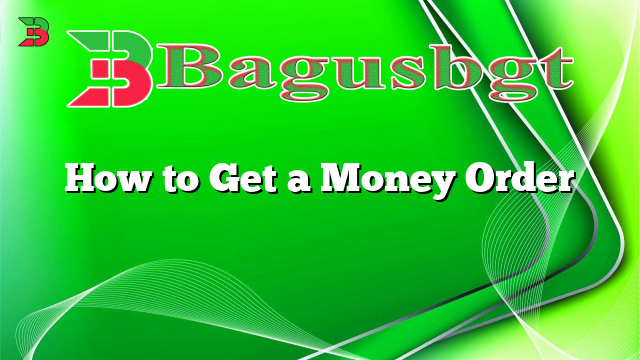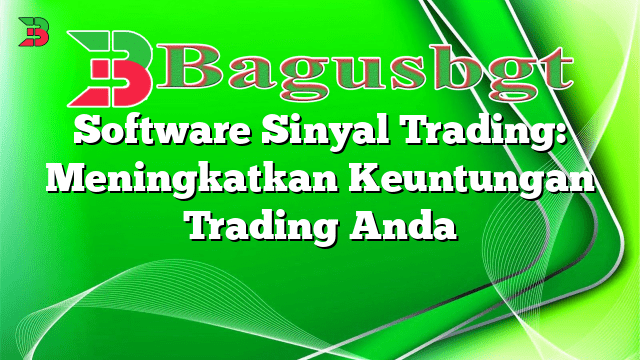Hello and welcome to our comprehensive guide on how to get a money order. In this article, we will walk you through the process of obtaining a money order, discussing its benefits and drawbacks, as well as providing alternative methods for financial transactions. So, let’s dive right in!
1. Understanding Money Orders
Money orders are widely recognized as a secure form of payment. They are similar to a check but function more like a prepaid voucher. Money orders are useful when you need to make a payment but do not have access to a personal check or prefer not to use cash.
2. Locate a Provider
The first step in obtaining a money order is to find a reliable provider. Common options include banks, credit unions, post offices, and retail stores like Walmart or CVS. Ensure that the provider is convenient and offers reasonable fees for their services.
3. Gather Required Information
Prior to visiting the provider, collect the necessary information. This typically includes the recipient’s name, your own name, and the payment amount. Some providers may require additional details such as addresses or account numbers.
4. Visit the Provider
Once you have all the required information, visit the chosen provider. Approach the counter and inform the staff that you would like to purchase a money order. They will guide you through the process and provide any necessary forms to fill out.
5. Complete the Form
Fill out the money order form accurately and legibly. Double-check all the information before submitting it to avoid any mistakes. Be prepared to pay the required amount in cash or from your bank account.
6. Pay the Fees
Money orders usually come with a fee, which varies depending on the provider. Inquire about the fee beforehand to avoid any surprises. The fee covers the processing and security costs associated with the money order.
7. Obtain the Receipt
After completing the form and paying the fees, the provider will issue you a receipt. Keep this receipt safe until the money order is delivered to the recipient. The receipt serves as proof of payment and includes a tracking number for reference.
8. Deliver the Money Order
Deliver the money order to the intended recipient through mail or in person. Ensure that the recipient is aware of the money order and instruct them on how to cash or deposit it. They may need to present identification to complete the transaction.
9. Pros and Cons of Money Orders
| Advantages | Disadvantages |
|---|---|
| Secure form of payment | May not be accepted everywhere |
| No need for a bank account | Limited payment amounts |
| Trackable and traceable | Additional fees |
10. Alternative Methods
While money orders are reliable, there are alternative methods for sending money. Online payment services like PayPal, Venmo, or Cash App offer convenient and instantaneous transfers. Bank transfers and wire transfers are also viable options for larger amounts.
Frequently Asked Questions (FAQ)
Q: Can anyone purchase a money order?
A: Yes, anyone can purchase a money order as long as they have the required payment amount and necessary information.
Q: Can I use a money order internationally?
A: Yes, money orders can be used for international transactions. However, ensure that the specific provider supports international money orders.
In Conclusion
In conclusion, getting a money order is a straightforward process that offers a secure alternative to cash or personal checks. By following the steps outlined in this guide, you can obtain a money order efficiently and make your payments with peace of mind.
 Bagus Banget Kumpulan Informasi terbaru dari berbagai sumber yang terpercaya
Bagus Banget Kumpulan Informasi terbaru dari berbagai sumber yang terpercaya

